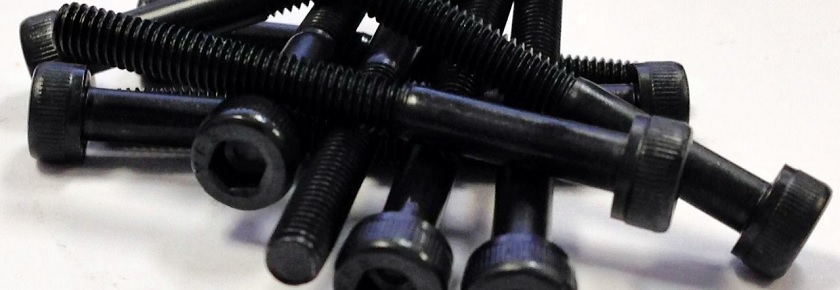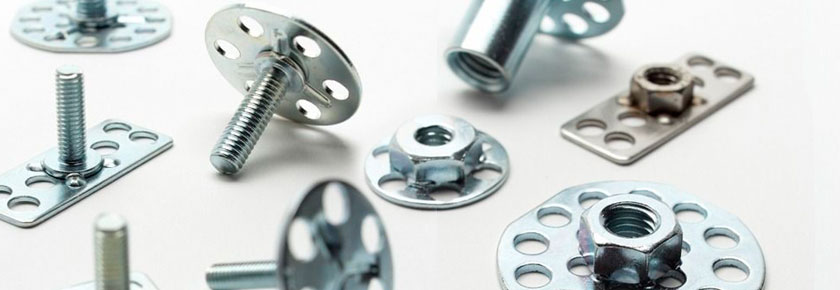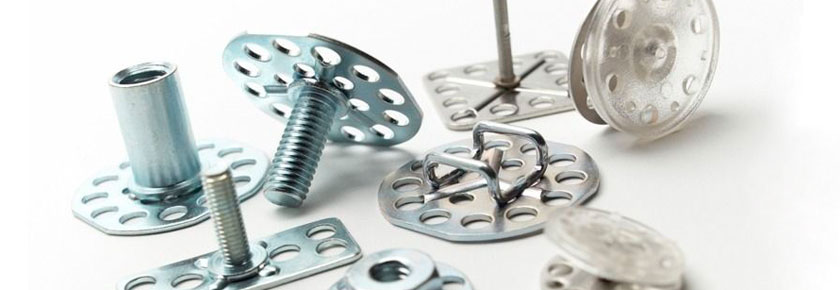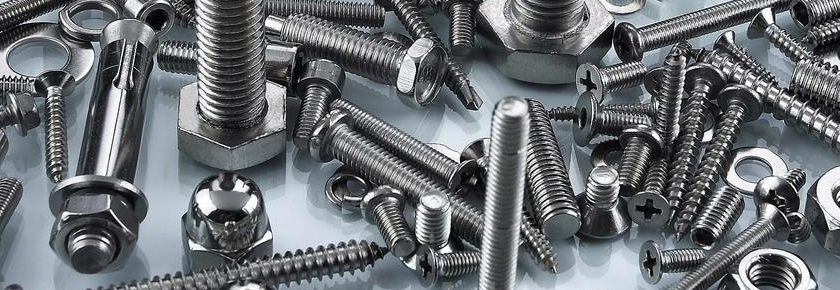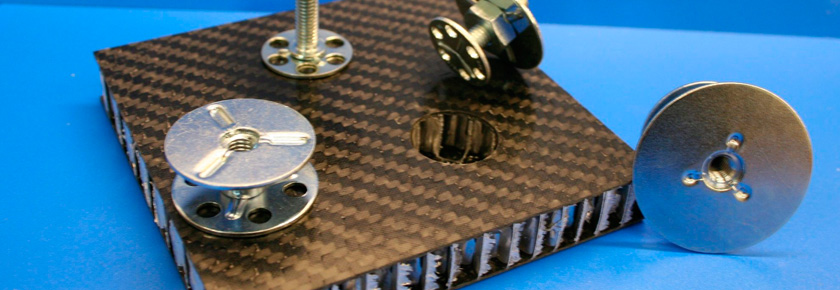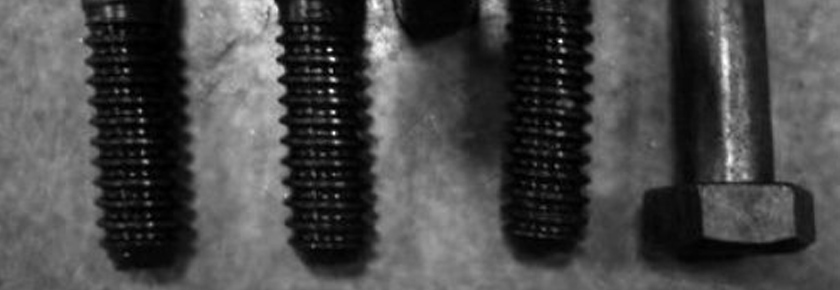When deciding what size or type of fastener best fits your needs, it is important to know the strength of the fasteners you’re choosing from. This can identified by the grade or property class associated with the fastener. Inch fasteners, which are more common in North America, will have a grade or a rating from the American Society for Testing and Materials. Property classes are used for metric fasteners. (more…)
Why Do Fasteners Self-Loosen
Why Loosen?
Loosening fasteners have been an issue for decades. Because a fastener coming loose can often lead to an accident, it is important to understand the possible factors that could contribute to the loosening of a fastener.
Typical applications for fasteners are in clearance holes, and the tightening of the fastener helps maintain the structural integrity. If loosening occurs, the preload is reduced or eliminated completely, resulting in structural failure. (more…)
Applications for bigHead® Fasteners
bigHead® is one of the most sought-after fastening solutions available on the market, and with good reason. The range of applications for bigHead® fasteners continues to grow, in large part due to the changing needs of their customer base.
The versatility of their fasteners is one of the reasons that bigHead® has been solving fastening problems for more than 40 years. By developing reciprocal relationships with their loyal customers, this fastening brand has benefitted from the sharing of knowledge and applications. With bigHead®, the possibilities are almost endless. (more…)
Magnetism and Stainless Steel Fasteners
Benefits of Using bigHead® Fasteners
Some people will tell you that without a solution, there is no problem. For the engineers at bigHead®, there is no problem without a solution. Back in 1966, engineers were tasked with designing a fastener that could fasten in composite material with the same strength and efficiency of traditional fasteners. The result was a fastener with a perforated head perfect for locking the product into position by using a structural adhesive. before being welded to a variety of studs, nuts, collars, pins and other fixings. And thus, the first bigHead® fasteners were born. (more…)
Standard Methods for Testing Hydrogen Embrittlement
What is Hydrogen Embrittlement?
Hydrogen embrittlement by definition is: A condition of low ductility in metals resulting from the absorption of hydrogen. The mechanism begins with hydrogen atoms diffusing through the metal. When these hydrogen atoms re-combine in minuscule voids of the metal matrix to hydrogen molecules, they create pressure from inside the cavity they are in. This pressure can increase to levels where the metal has reduced ductility and tensile strength, up to where it can crack open, in which case it would be called Hydrogen Induced Cracking (HIC). High-strength and low-alloy steels, aluminum, and titanium alloys are most susceptible. (more…)
Making Stainless Steel and Its Benefits
In many applications, stainless steel fasteners are often recommended for use for a number of reasons.
To understand why stainless steel fasteners are so popular and beneficial for many applications, we must first examine how stainless steel is created. Stainless steel is the term used to define steels that are highly resistant to rusting and tarnishing. These steels also house two or more separate elements that are alloyed together. The simplest way for stainless steel to be created is with the addition of chromium to ordinary steel, making it corrosion resistant. The alloy that the steel is mixed with contributes to the mechanical properties of the stainless steel and how well the stainless steel resists corrosion. (more…)
Embedding Fasteners in Composites
With the world in a movement to save money on fuel costs we must design products to be lighter in weight. To lighten component designs many manufactures are eliminating heavy materials (metals) and moving to composites. This movement has put attention on fastening solutions for these composites. New fasteners and adhesives arrive on the market every month that serve specific purposes. Choosing the correct products can be tough, as the market is vast and material choices are endless. One popular method of construction in these materials is embedding them into the composites during molding.
Composites and Fastening Challenges
Composites and Fastening Challenges
Each day manufacturers face fastening challenges. Some of those challenges that have been increasingly present are those surrounding composite materials. As composite materials grow both in range and volume of applications, so do the challenges to find the right fastening solutions.
Fitting Up Bolts
When faced with an application that requires larger scale connections and intense loads, there are a few options to look at when choosing fasteners. Lag screws are a common choice because they are some of the toughest fasteners and differ greatly from normal wood, self-drilling or sheet metal screws. (more…)

